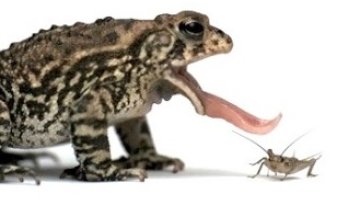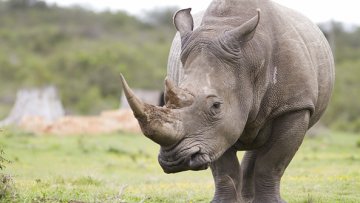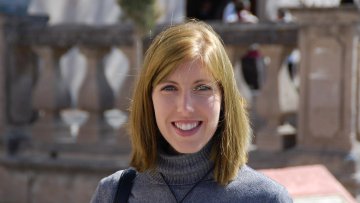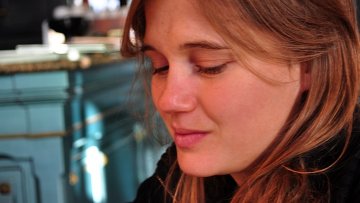The motion of weights attached to a chain or string moving on a frictionless pulley is a classic problem of introductory physics used to understand the relationship between force and acceleration. In their recently published paper Oxford Mathematicians Dominic Vella and Alain Goriely and colleagues looked at the dynamics of the chain when one of the weights is removed and thus one end is pulled with constant acceleration.
(COW SEMINAR) Monodromy and derived equivalences
Abstract
This is will be a progress report on our long-ongoing joint work with Bezrukavnikov on lifting the monodromy of the quantum differential equation for symplectic resolutions to automorphisms of their derived categories of coherent sheaves. I will attempt to define the ingredient that go both into the problem and into its solution.
(COW SEMINAR) Higgs bundles and determinant divisors
Abstract
Following an idea of Gaiotto, a symplectic representation of a complex Lie group G defines a complex Lagrangian subvariety inside the moduli space of G-Higgs bundles. The talk will discuss the case of G=SL(2) and its link with determinant divisors, or equivalently Brill-Noether loci, in the moduli space of semistable SL(2)-bundles.
(COW SEMINAR) Categorification of shifted symplectic geometry using perverse sheaves
Abstract
Given a (-1)-shifted symplectic derived scheme or stack (X,w) over C equipped with an orientation, we explain how to construct a perverse sheaf P on the classical truncation of X so that its hypercohomology H*(P) can be regarded as a categorification of (or linearisation of) X. Given also a Lagrangian morphism L -> X equipped with a relative orientation, we outline a programme in progress to construct a natural morphism of constructible complexes on the truncation of L from the (shifted) constant complex on L to a suitable pullback of P to L. The morphisms and resulting hypercohomology classes are expected to satisfy various identities under products, composition of Lagrangian correspondences, etc. This programme will have interesting applications, such as proving associativity of a Kontsevich-Soibelman type COHA multiplication on H*(P) when X is the derived moduli stack of coherent sheaves on a Calabi-Yau 3-fold Y, and defining Lagrangian Floer cohomology and the Fukaya cat!
egory of an algebraic or complex symplectic manifold S.
How do we stop poaching? You may think the answer lies in finding a way of giving gamekeepers an advantage over poachers. Oxford Mathematician Tamsin Lee and David Roberts from the University of Kent decided to look at the interaction between rhino poachers and a gamekeeper to predict the outcome of the battle. Their conclusions suggest alternative ways of tackling the problem.
Oxford Mathematician Heather Harrington will be giving the London Mathematical Society (LMS) Popular Lectures this summer in London on 29 June and in September in Birmingham. The Lectures present exciting topics in mathematics and its applications to a wide audience and feature two lecturers who have been chosen for their mathematical distinction and communication skills.
Oxford Mathematician Maria Bruna has won a prestigious L'Oréal UK & Ireland Fellowship For Women in Science. Launched in January 2007, the Fellowships are awards offered by a partnership between L'Oréal UK & Ireland, the UK National Commission for UNESCO and the Irish National Commission for UNESCO, with the support of the Royal Society.
A tree branch, a ram's horn, your hand - how have these distinct and consistent shapes come about? The growth and form of a biological entity is a complex matter that involves integrated activities across a number of length scales. Viewed at the scale of tissues, or large clusters of cells, understanding growth and form is a problem well suited for continuum mechanics and mathematical modelling.






